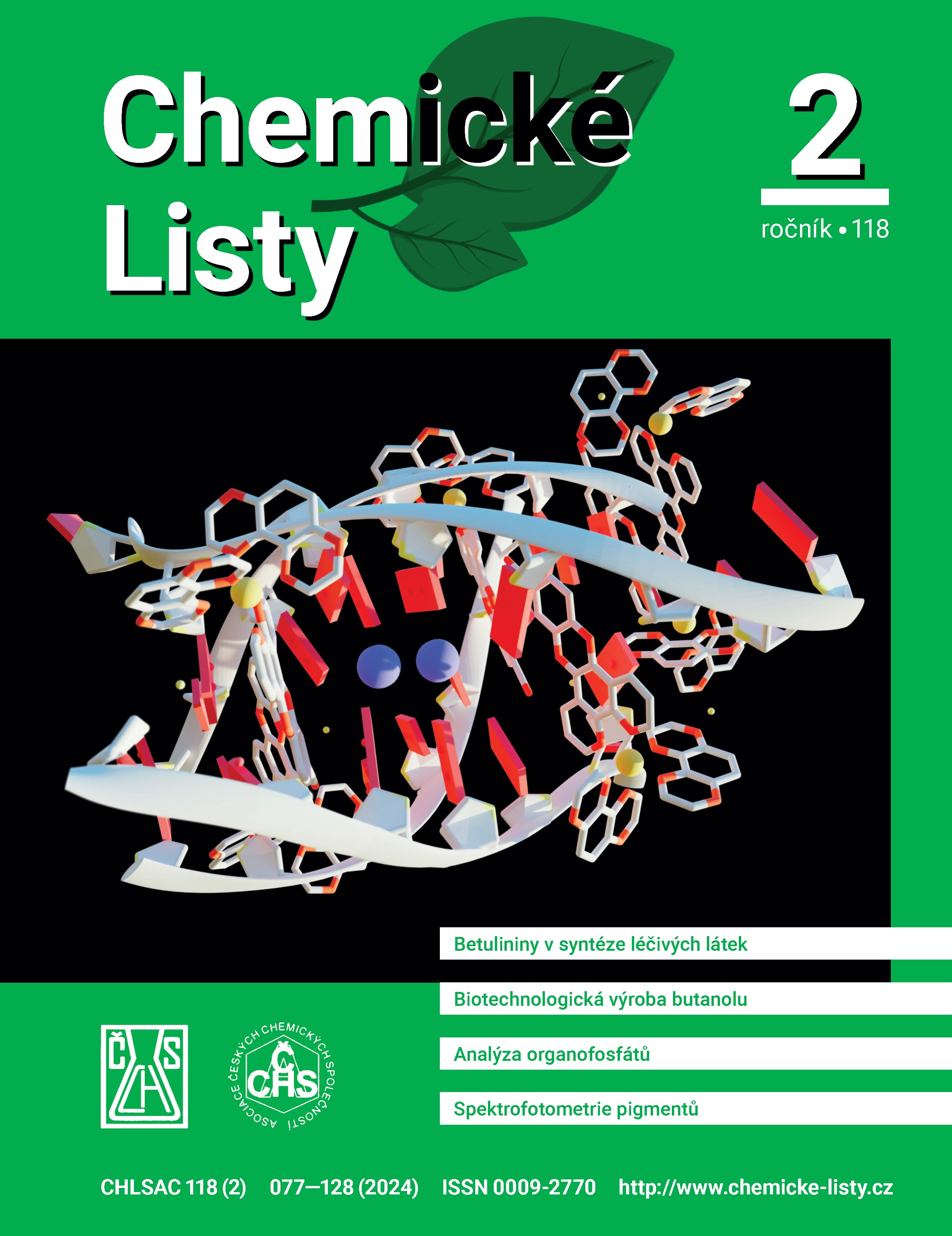Možnosti spektroskopické analýzy modelových vzorků moderních pigmentů
DOI:
https://doi.org/10.54779/chl20240111Klíčová slova:
FTIR spektroskopie, Ramanova spektroskopie, moderní pigmenty, modelové vzorkyAbstrakt
The identification of the composition of the paint layers (binders, additives, and pigments) is essential for the work of conservators and can also be used in many cases to determine the date of creation of works of modern art. Spectroscopic methods, specifically FTIR and Raman spectroscopy, are most commonly used to analyse modern pigments. These two methods complement each other and together provide a comprehensive view of the composition of the paint layer. The abilities of both spectroscopic techniques to identify pigments in the paint layer were investigated on a set of 24 model samples of pigment, the white, and binder mixtures and then verified by an analysis of a real sample.

Identifikace složení barevných vrstev (pojiv, plniv a pigmentů) je zásadní pro práci restaurátorů a v řadě případů ji lze také využít pro upřesnění datace vzniku děl moderního umění. K analýze moderních pigmentů se nejčastěji využívají spektroskopické metody, jmenovitě FTIR a Ramanova spektroskopie. Obě tyto metody jsou navzájem komplementární a společně poskytují celistvý přehled o složení barevné vrstvy. Možnosti obou spektroskopických technik pro identifikaci pigmentů v barevné vrstvě byly studovány na sadě 24 modelových vzorků směsí pigmentu, běloby a pojiva a následně byly ověřeny analýzou reálného vzorku.





